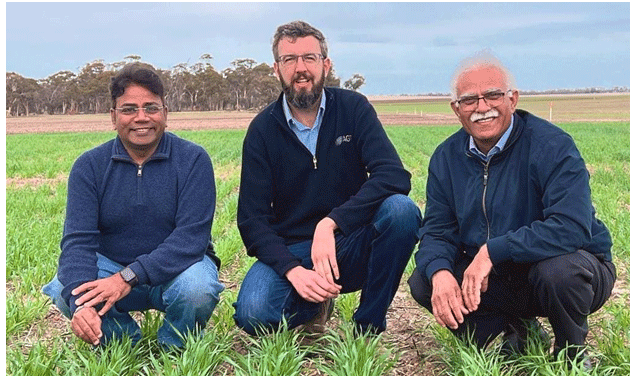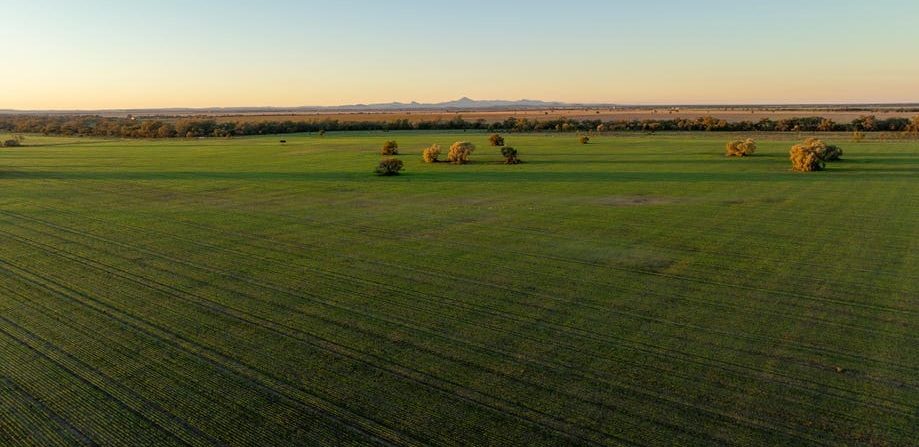In a significant stride towards sustainable agriculture, the Western Australia Agricultural Research Collaboration (WAARC) has launched the Wheat Nitrogen Use Efficiency (WNUE) project. This five-year initiative, running until March 2029, aims to address a critical research priority for both the Grains Research and Development Corporation (GRDC) and WAARC.
Leading the charge is Murdoch University, collaborating with The University of Western Australia, WA’s Department of Primary Industries and Regional Development (DPIRD), Curtin University, and Australian Grain Technologies (AGT). This collective effort is backed by investments from GRDC, AGT, and WAARC’s six members, including DPIRD, CSIRO, Grower Group Alliance, Curtin University, Murdoch University, and UWA.
Professor Rajeev Varshney, the WNUE project lead and director of the Murdoch University Centre for Crop and Food Innovation, highlighted the project’s goal: empowering growers with access to high-performing cultivars that maximize yield and grain quality while minimizing environmental impact. “Enhancing nitrogen-use efficiency is pivotal for maximizing wheat yield, grain protein content, and, ultimately, the profitability of wheat growers,” he noted.
Nitrogenous fertilizers are vital in agriculture, yet current wheat crops utilize less than 40% of applied nitrogen, with only 33% being recovered in the grain. The WNUE project aims to shift this paradigm by delving into the genetic regulation of wheat and providing breeders with practical solutions to develop improved varieties.
The collaboration promises to share its findings with the broader research community and industry, ensuring wide-reaching impacts. WAARC director Kelly Pearce emphasized that the WNUE project is part of a broader Grains Transformation program, launched with four applied research projects in the past eight months. Each project aims to create enduring benefits for growers, the grains industry, and the environment.
GRDC managing director Nigel Hart reaffirmed GRDC’s commitment to investing in research that delivers positive outcomes for WA growers and the grains industry. “Through the work of the WNUE project, growers will have access to improved wheat varieties with greater nitrogen-use efficiency, resulting in higher yields and higher grain-protein content with the same or less nitrogen inputs,” he stated.
This project is poised to deliver new knowledge, tools, and pre-breeding material that will enhance grain growers’ profitability and improve the sustainability of wheat production in Australia.
The WA Nitrogen-Use Efficiency project stands as a testament to the power of collaboration and innovation in agriculture. By bringing together top researchers and industry partners, this initiative promises to revolutionize wheat production, making it more efficient and sustainable. The outcomes of this project will not only benefit growers but also contribute significantly to the global push for more sustainable agricultural practices.
Error





